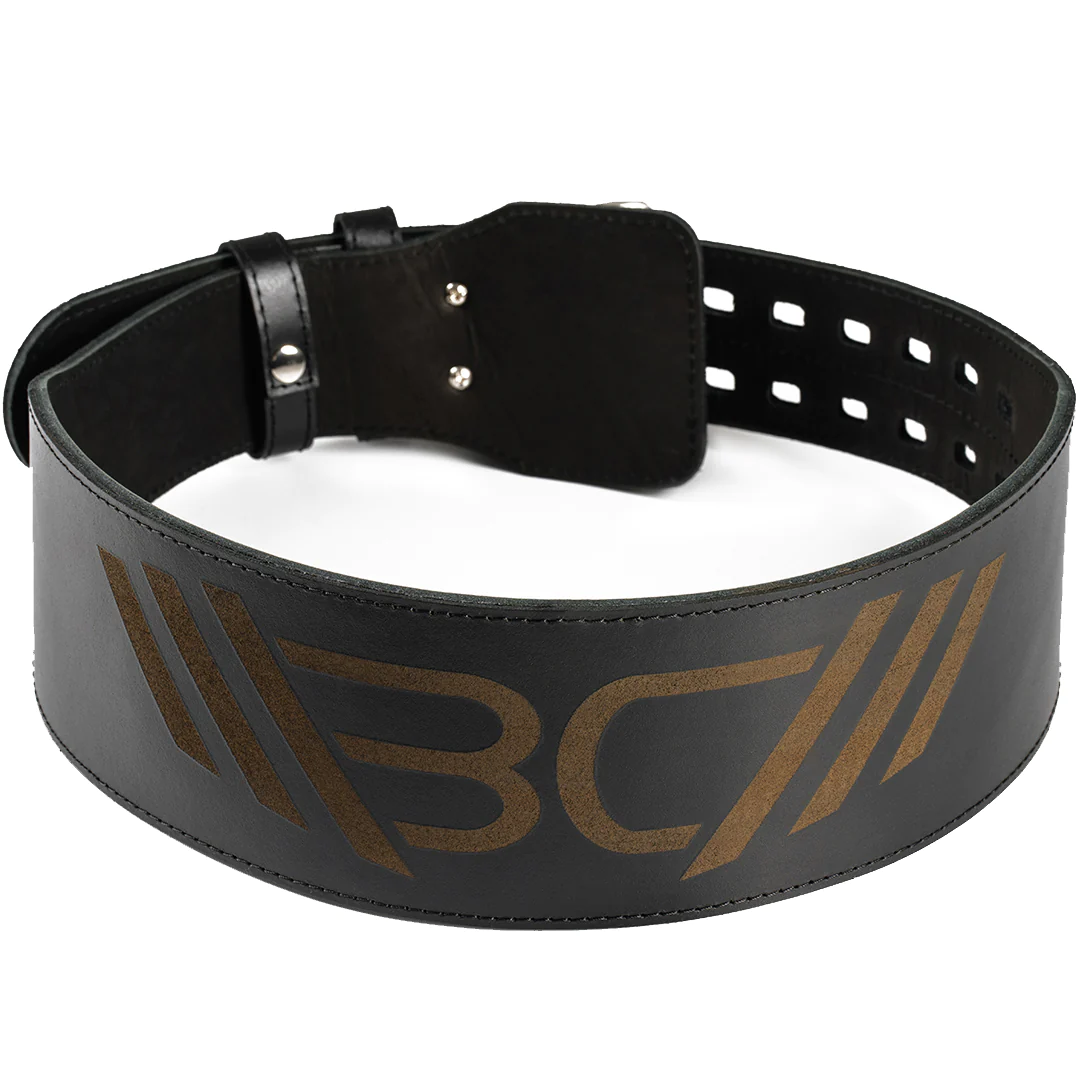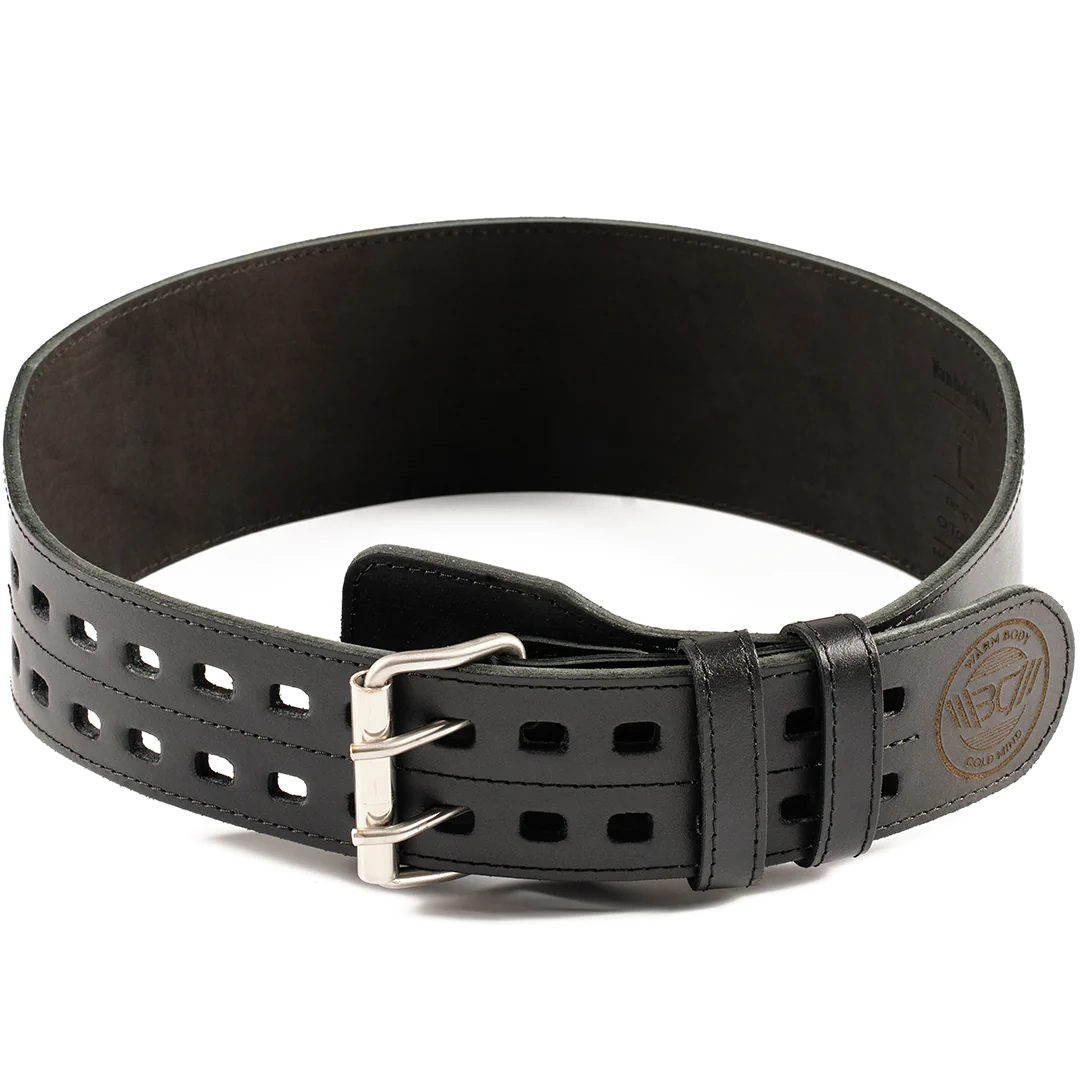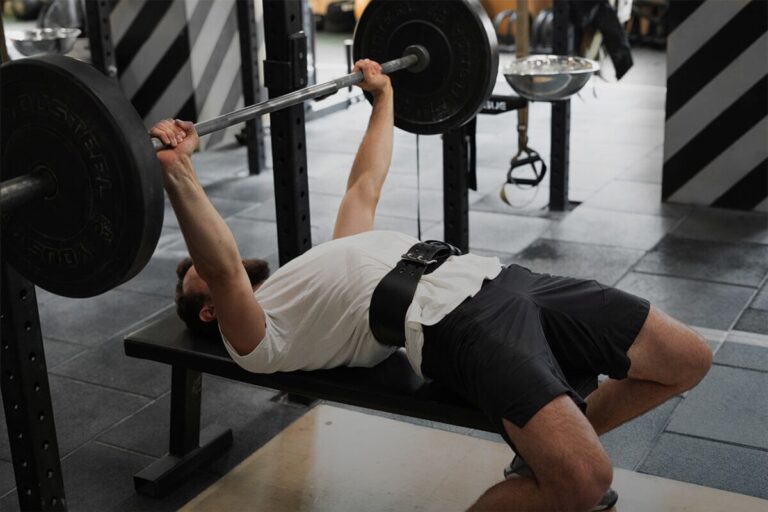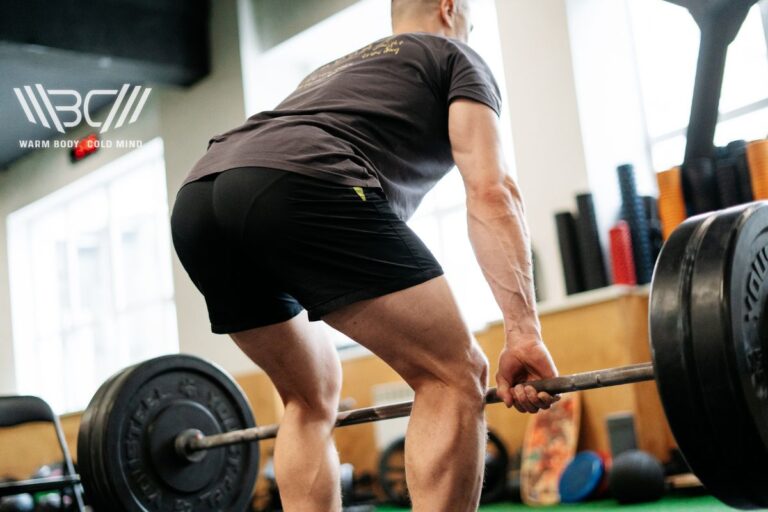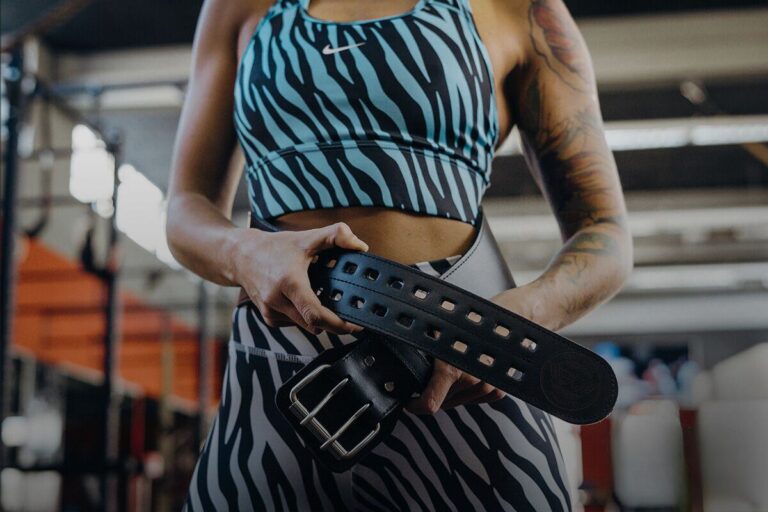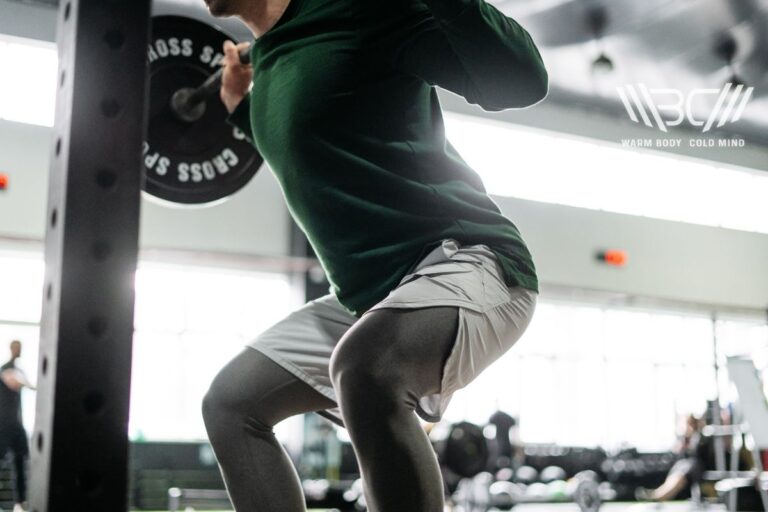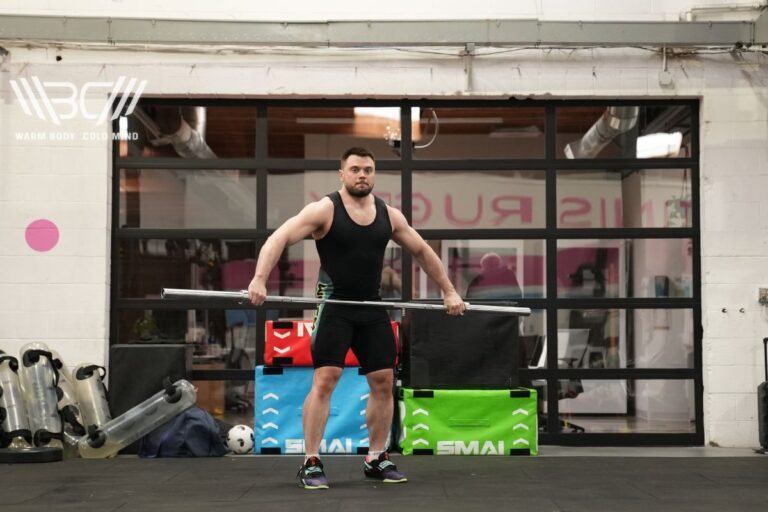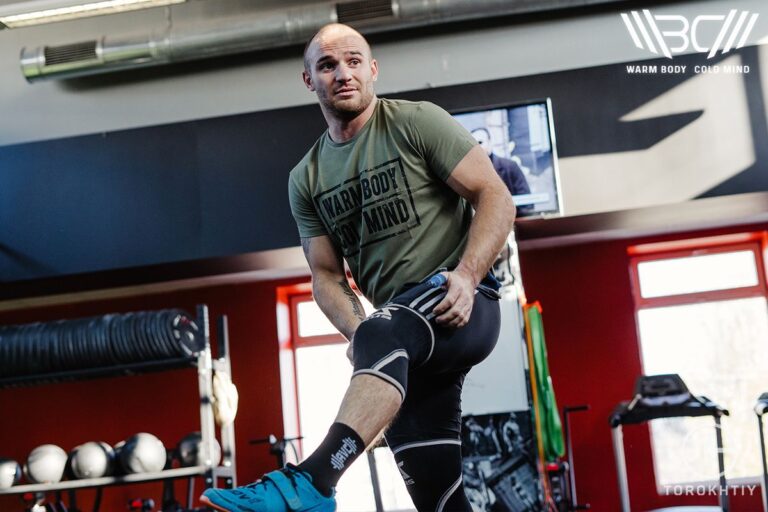Lever Belt vs. Prong Belt: Which Type to Pick?
Research & experts agree: If you’re serious about weightlifting, having a weightlifting belt is essential. Since you’re here, you’re likely debating between the prong and lever weightlifting belt. The long-standing debate spans everywhere from recreational lifting to competitive powerlifting. Let’s compare the lever belt vs. prong belt to find the best choice for you.
Lever Belt vs. Prong Belt – People often ask us: are lever belts better than prong belts? Both the prong and lever weightlifting belt offer excellent support, with their true quality lying in the metal and leather. Levers are quicker to fasten and release but are typically more expensive.
What Is a Weightlifting Belt?
Weightlifting belts are used to provide support and stability to the athlete’s core and lower back. This enhanced stability helps with force generation and movement velocity in popular lifting exercises like squats and deadlifts. Although it’s called a belt, it’s meant to be worn around your core, not your waist. It should sit above your hips and will typically cover the lower ribcage, depending on its width and your shape.
When you brace properly for a lifting exercise, the air goes into the lungs whilst your diaphragm contracts leading to your core muscles compressing and moving outward. The belt is supposed to catch this expansion at its peak and acts as a wall for the muscles to push up against, creating intra-abdominal pressure.

Enhance your strength training with Warm Body Cold Mind leather weightlifting belt providing exceptional support and durability.
Intra-abdominal pressure stabilizes the lumbar vertebrae (lower spine), which is one of the most common places for weightlifting injuries.
What Is a Lever Belt?
A lever weightlifting belt uses a simple metal clasp and hinge system for fastening. Once you put it on, simply pull the lever and it will click into place. Out of the box, lever belts require some assembly before they can be used. The lever comes separated from the leather and must be screwed into the holes.
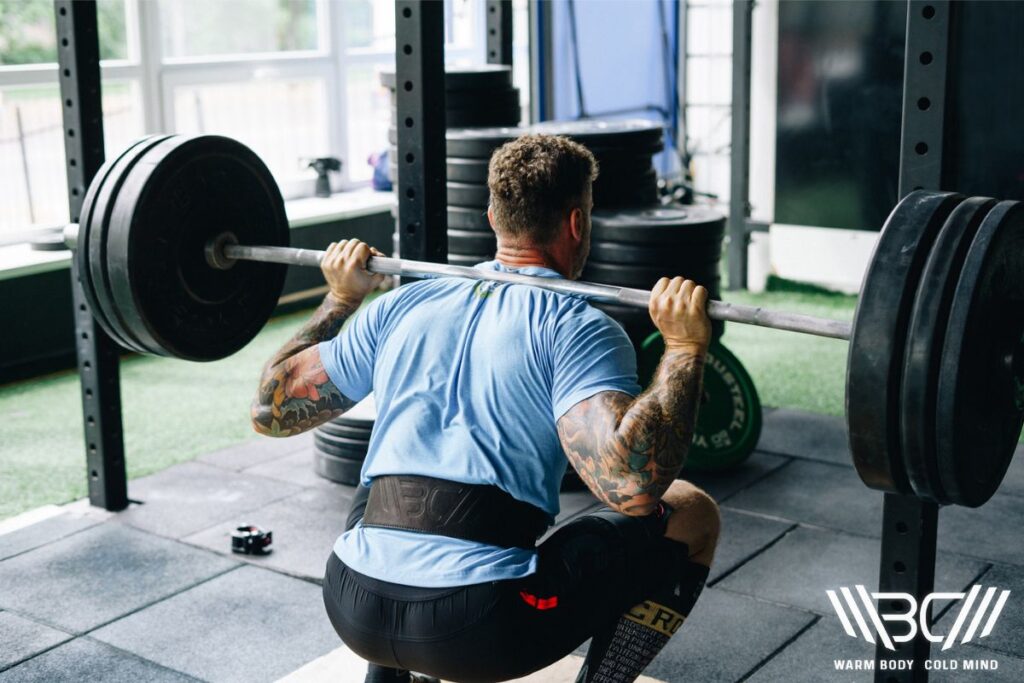
These holes are also used to adjust the fit; it cannot be adjusted on the go. Therefore, if you’re new to using a lever belt, it may take a few attempts of assembling and reassembling before you achieve your ideal fit. However, once assembled, the lever belt is very easy to pop on and off.
What Is a Prong Belt?
In the simplest terms, a prong system is just your regular metal buckle you see on clothing belts, just thicker. It uses prongs (pins) that go through holes in the body of the belt (usually made of leather) to secure it. The single- and double-prong lifting belts are the most common designs you will see.
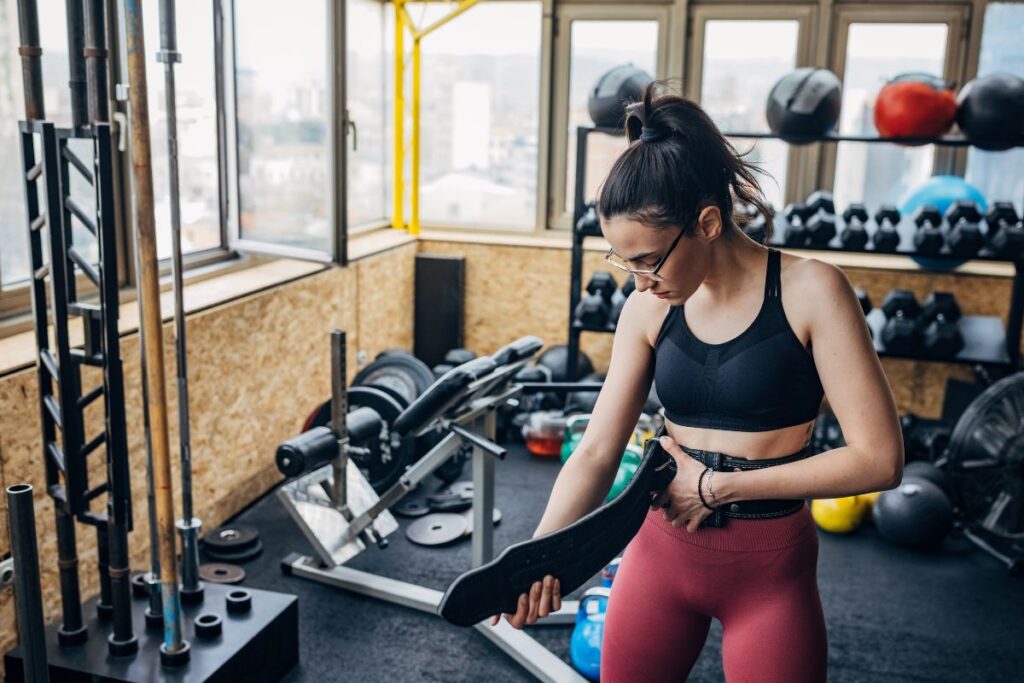
Prong belts are more common on the market than lever belts and can be used right out of the box. They’re less expensive on average, but arguably less durable (although it depends on the belt). Beginner lifters especially will appreciate their high levels of adjustability.
Subscribe!
The latest reviews of must-have home gym training equipment, apparel, and supplements that will enhance your performance and bring you new results.
What’s The Difference Between Lever Belt And Prong Belt?
So, what are the differences between a lever vs. prong weightlifting belt? Assuming two belts had the same specifications and materials, how would they impact the lifter? Both types of belts can perform to a high degree, however, here are some generally true differences:
1. Fastening
The first difference you’ll immediately spot between a lever vs. prong belt is the fastening mechanism. As mentioned, the prong belt uses a buckle we’re all used to from clothing belts. Slide it in until you find an ideal fit, pop the prong into the nearest hole, and you’re set.
As for the lever belt, wrap the belt around your core and pop the lever in. Both systems are quick and easy to use, but there’s no doubt the lever requires less effort to put on and off. Also, you’ll hear people argue it looks and feels cooler if that’s something you value.
2. Adjustability
In terms of adjustability, the prong belt takes the lead. If you need to readjust the fit of your belt for different exercises, it’s simple – just unfasten it and select a different hole. It can be tighter or looser, depending on your needs. In contrast, the lever belt is less flexible in size adjustments due to its mechanism.
To resize it, you’d have to disassemble the lever from the belt and reassemble it on a different hole. Since this requires time and tools to accomplish, it’s hard to see anyone doing this at the gym. This is why cross-trainers typically prefer the open-endedness of the prong belt.
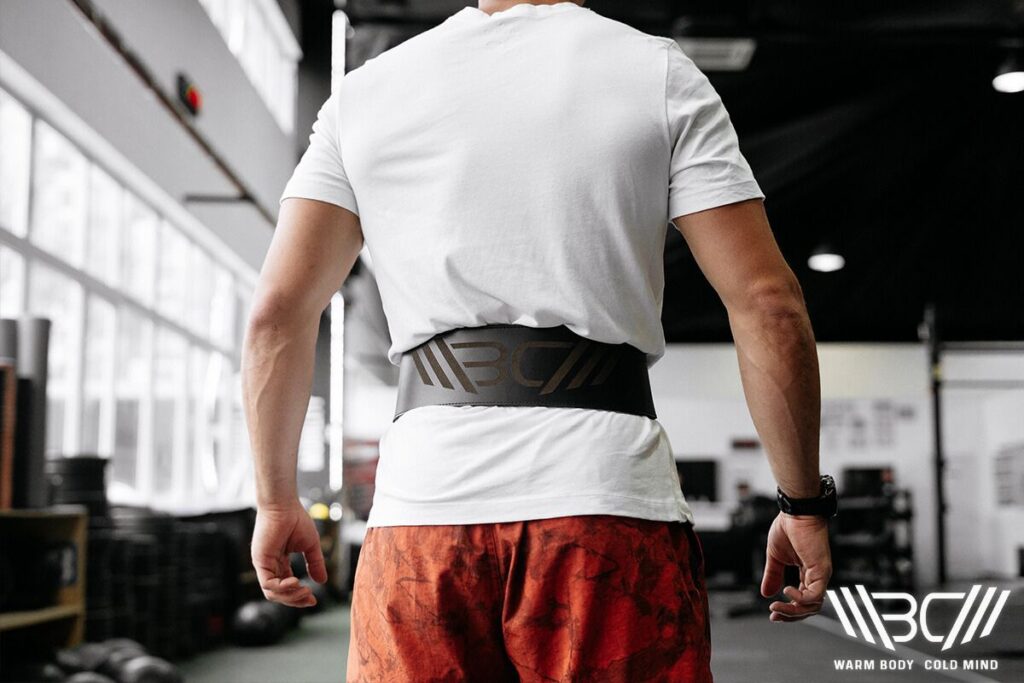
3. Comfort
Regardless of the fastening system used, the strongest weightlifting belts are typically made of leather. As a material, leather starts quite rigid and requires some time to break in before the belt becomes comfortable. Once the leather is broken in, both fastening systems offer comparable levels of comfort. Some argue that the adjustability of the prong belt makes it more comfortable to use.
You can quickly readjust the fit to adhere to the thickness of your clothing, swelling accumulated from exercise, or simply how full your stomach is, among other trivial factors that can make a belt uncomfortable in the moment. Lever belts do not have the luxury of quick adjustability, but when fastened, they sit snugly and comfortably on the core and back.
4. Pricing
On average, the price of a lever belt is higher than that of a prong belt. Of course, other factors also influence cost, such as branding, marketing, material quality, factory location, etc. However, if we were to consider two identical belts with only the fastening methods differing, the lever belt would typically be more expensive.
This is because its mechanism is more complex to assemble and involves more moving parts, which increases production costs. Take for example the Rogue 13mm 4” Lever Belt vs. the Rogue 13mm 4” Prong Belt.
Double Prong vs. Single Prong Belt
Prong belts come in two styles: the single and double prong lifting belt. Single prong is more common to find and is typically less expensive. It’s easier to fasten and provides ample support, so it’s quite popular among beginners.
The double prong is more durable than the single prong lifting belt (assuming there isn’t a significant difference in metal quality). This is because two pins redistribute forces more evenly on the buckle (all pressure focused in one spot vs. two). This makes it more preferable for advanced lifters or those lifting more frequently.
To summarize, the pros and cons of the prong weightlifting belt include:
Pros
- Can be adjusted on the go
- Fits various exercises (cross-training)
- Costs less
- You can lend it to your lifting partner
Cons
- Prong spacing may provide an inconsistent fit
- Slower to put on and off
Our Recommended Prong Belt – Warm Body Cold Mind Leather Weightlifting Belt
The Warm Body Cold Mind Leather weightlifting belt is made by champions, for champions. It’s fully designed from first-hand competitive experience by former Olympic athlete, Oleksiy Torokhtiy.
The belt is made from high-quality genuine leather, giving it a premium look with lasting durability. With a width of 4 inches, a thickness of 6mm, and reinforced with four strong bolts, it offers excellent support while meeting all weightlifting and powerlifting competition standards.
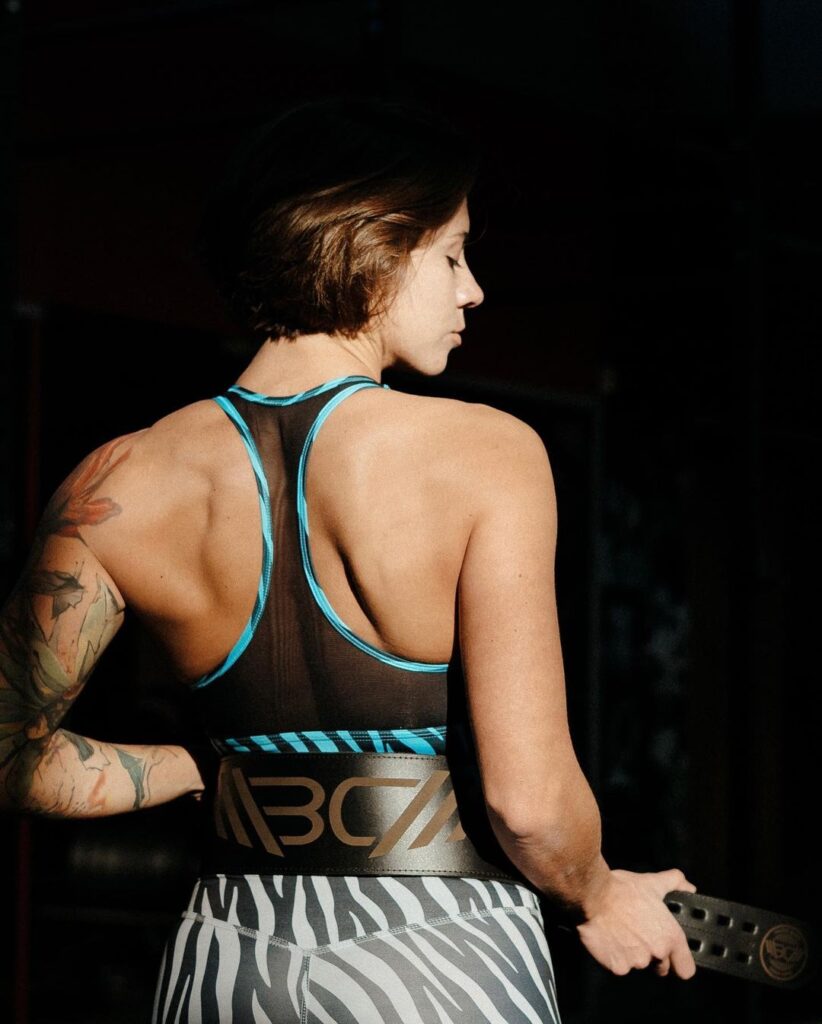
The double prong lifting belt uses a stainless steel buckle that’s resistant to corrosion and practically unbreakable. Available in sizes from S to 3XL (72-131cm), the belt is unisex and fits various body types. Plus, on top of its quality, it still comes at a competitive price.
Pros
- Quick and easy to put on/off
- More custom fit
- Typically more durable
Cons
- Costs more
- Any changes in your body composition will require adjusting the belt
Our Recommended Lever Belt – Rogue Black Leather 13mm 4” Lever Belt
The Rogue Black Leather Lever Belt is a top choice, especially for powerlifters. It’s manufactured in the U.S.A. from 100% Vegetable Tanned Sole Leather and, coupled with an all-black design, looks and feels premium. The edges on it are beveled for extra comfort and it fits perfectly once broken into.
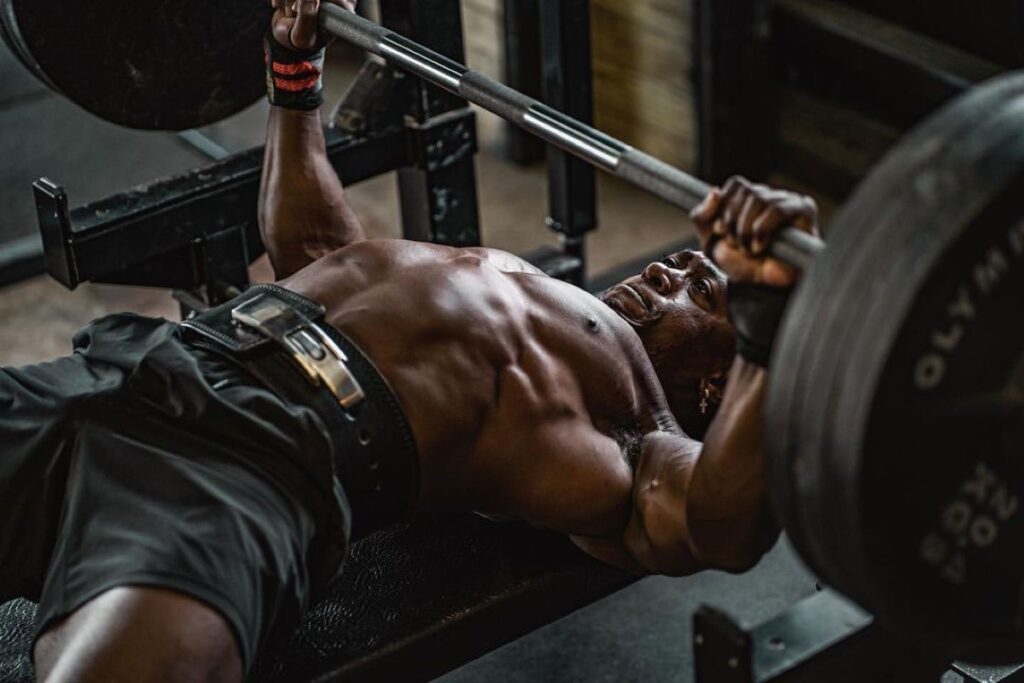
The patented lock-in lever, fashioned from nickel-plated steel with a sleek matte black finish, guarantees a secure and easily adjustable fit. This belt uses standardized measurements of 4 inches in width and 13 mm in thickness and sports full approval from the IPF for competitive use, further affirming its quality and reliability.
Prong Belt vs. Lever: Choosing The Right One
Prong belts have been around for a long time and their design is timeless. There’s no reason to fix something that isn’t broken. Many people, including hardcore lifters, prefer prong belts due to familiarity. Additionally, beginners will especially appreciate the high level of adjustability.
Firstly, they’re just getting used to a belt and experimenting with fit. Secondly, they’re expected to experience the highest gains in the shortest amount of time, so there’s a lesser chance they outgrow the belt.
Lever belts fit tightly and are generally capable of withstanding more pressure, but they’re less forgiving to wear. They sacrifice a bit of mobility and comfort for higher rigidity. This aspect will be more attractive to powerlifters, but less so to Olympic or cross-training specialists who need a bit more room and mobility from their belt.
The quick-locking mechanism of lever belts is a big selling point. With it, you won’t have to find your hole and pin it each time. Simply approach your barbell, snap the belt, find your position, brace, and once you’re done lifting, quickly release and enjoy the rest time.
FAQ
How Thick Should a Weight Belt Be?
The standard thickness options for leather weightlifting belts goes from 6mm to 13mm, readily available and accepted in competitive settings. For most people, 6-10mm variants offer a great balance of support and comfort. However, for powerlifters who frequently lift 2-3 times their body weight, the enhanced stability of a 13mm belt is highly recommended.
Is a Lever Belt or Prong Belt Better for Powerlifting?
Although both options provide excellent support, powerlifters may appreciate the quick-locking mechanism of a lever belt. Once braced, it takes a second to snap on the lever. When the exercise is complete, it takes another second to release the belt, resolving the built-up tension.
What Size Weightlifting Belt Should I Get?
First things first, refer to the manufacturer sizing chart. No belt is meant to fit exactly, which is why they have multiple adjustability options. If you find yourself in between sizes, try to reach customer support and ask, consider clothes that you’ll be wearing and check the return policy – in most cases you will be able to change sizes if you will choose poorly first time..
Is a Lever Or Prong Belt Better for Beginners?
Prong lifting belts are better suited for beginners, but also olympic weightlifters and cross-training folks, because they’re more adjustable. Lever belts are better suited for experienced powerlifters who have an idea of their size.
Conclusion
As we conclude our lever belt vs. prong belt comparison, we trust you now know how to make a well-informed choice. For most, the lever belt vs. single prong vs. double prong debate comes down to preference. Prong belts are more adjustable and typically more affordable, making them a great starting point, especially for beginners. Meanwhile, lever belts cost most upfront, but are well worth the investment for serious powerlifters.
We’d like to hear from you as well. Tell us what your favorite weightlifting exercise is. Also, if you used lifting belts before, which do you prefer, prong or lever?
Let us know your thoughts in the comments and give us a follow on social media for more valuable fitness content.
References:
- “Approved list of Personal apparel and equipment for use at IPF sanctioned competitions,” IPF (International Powerlifting Federation) https://www.powerlifting.sport/rules/codes/info/approved-list (accessed Oct. 25, 2023)
- Dave R. Clarke, Mike I. Lambert, Angus. M. Hunter, “Muscle Activation in the Loaded Free Barbell Squat,” Journal of Strength and Conditioning Research Vol. 26, no. 4 (2012), 1169-1178
- Harman EA, Rosenstein RM, Frykman PN, Nigro GA, “Effects of a belt on intra-abdominal pressure during weight lifting,” Medicine & Science in Sports & Exercise, no. 2 (1989), 186-90
- “Lumbar Vertebrae”, Physiopedia https://www.physio-pedia.com/Lumbar_Vertebrae (Accessed Oct. 25, 2023)
- Ulrika Aasa, Ivar Svartholm, Fredrik Andersson, Lars Berglund, “Injuries among weightlifters and powerlifters: a systematic review,” British Journal of Sports Medicine, no. 4 (2017), 211-219
Author: Ihor Shymechko
Coach, PRO Olympic Weightlifter
Ihor Shymechko is a renowned Ukrainian weightlifter. He has represented his country in several Olympic Games, notably in 2008, 2012, and 2016. His impressive career includes winning the European championship in 2009 and earning a silver medal in 2011 in the +105 kg division. Shymechko also earned a Ph.D. from Lviv State University of Physical Culture.


